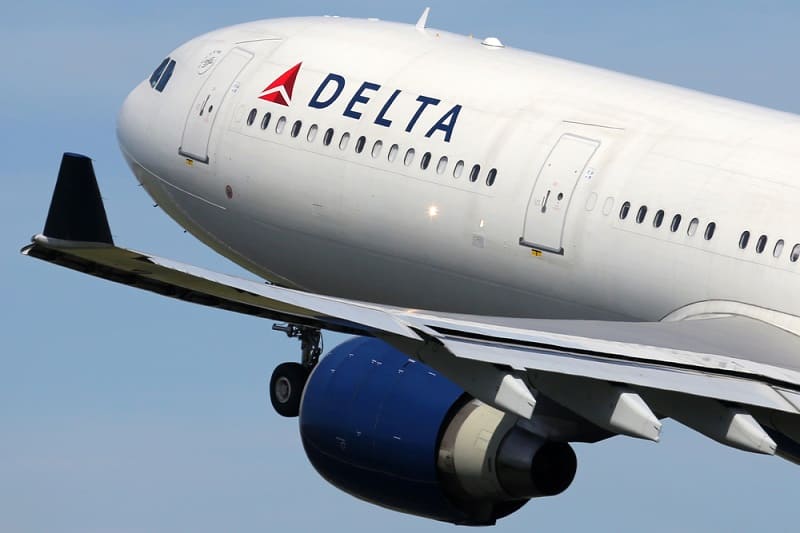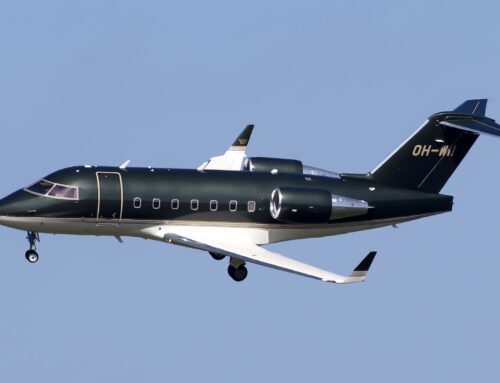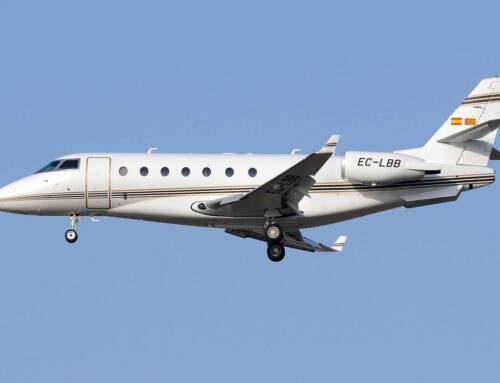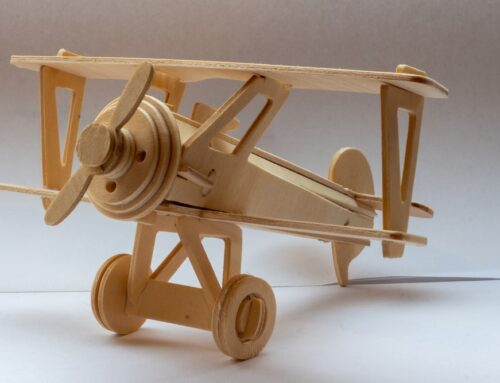As aviation enthusiasts, we often admire the sleek design and advanced technology of modern aircraft. However, amidst the excitement, it’s crucial to remember the lessons learned from past tragedies. One such incident, the crash of Delta Flight 191 in 1985, serves as a stark reminder of the importance of downdraft detection. In this blog post, we delve into the mishap of that fateful day, the subsequent efforts to improve safety, and explore how custom airplane models can educate and raise awareness about the critical role played by downdraft detection systems.
The Tragic Flight of Delta 191
On August 2, 1985, a Lockheed L-1011(Delta Flight 191), prepared to land at Dallas Fort Worth Airport, an ominous thunderstorm loomed nearby. Unbeknownst to the crew, disaster was imminent. When the plane is at 1000 feet, a lightning crackling occurred around it causing a microburst wind shear on the aircraft. This meteorological phenomenon, characterized by a violent downdraft and rapid wind shift, resulted in an abrupt loss of 54 knots of speed within seconds.
Caught in a desperate struggle against nature’s fury, the Delta Flight 191 plummeted towards the ground. Despite the pilots’ heroic efforts, the aircraft crashed and impacted the ground roughly a mile before reaching the runway, careening across the highway and claiming the life of an unlucky driver. Unable to regain control, the aircraft subsequently veered to the left and collided with two large water tanks located within the airport premises. In the aftermath, 134 of the 163 people on board tragically lost their lives.
Learning from Tragedy: The Pursuit of Safety
The catastrophe of Delta Flight 191 was a wake-up call for the aviation industry. Following the incident, a joint effort between NASA and the FAA was initiated, spanning seven years of dedicated research. The goal was clear: to prevent such devastating accidents in the future. This joint effort led to the creation of onboard radar systems designed to detect forward-looking wind shear, which subsequently became a common feature on commercial airliners in the mid-1990s.
These advanced detection systems provided pilots with crucial real-time information about approaching wind shears, empowering them to take immediate evasive action. By detecting changes in wind speed and direction, pilots could adjust their flight path to mitigate the effects of downdrafts and wind shears. Since their widespread implementation, only one accident relating to a wind-shear problem has occurred, highlighting the effectiveness of these vital safety measures.
The Role of Custom Airplane Models
As aviation enthusiasts and hobbyists, our passion for airplanes extends beyond mere admiration. Custom airplane models offer a unique way to engage with aviation history, technology, and safety. These meticulously crafted, custom-built scale models provide a tangible representation of aircraft, allowing enthusiasts to explore and learn about the complexities of flight.
In the context of downdraft detection, custom airplane models can play a crucial role in raising awareness and educating individuals about the significance of this safety feature. By incorporating accurate replicas of onboard forward-looking radar wind-shear detectors into custom aircraft models, hobbyists can showcase the evolution of aviation safety and commemorate the lives lost in past tragedies.
Moreover, these custom-built models can serve as conversation starters, prompting discussions on the importance of continuous advancements in aviation safety systems. By sharing the stories behind these models and the tragedies they aim to prevent, enthusiasts can foster a culture of awareness and vigilance within the aviation community.
By meticulously recreating the intricate details of aircraft models, hobbyists can showcase the critical components and systems that contribute to flight safety. Downdraft detection systems, such as forward-looking radar wind-shear detectors, can be accurately depicted in these custom models, emphasizing their significance in preventing accidents. These models can serve as educational tools, offering a tangible representation of the technologies that protect lives in the skies.
Additionally, custom airplane models allow enthusiasts to delve deeper into the historical context surrounding incidents like the crash of Delta Flight 191. Through research and careful attention to detail, hobbyists can recreate the specific aircraft involved and accurately portray the events leading up to the tragedy. By combining storytelling with the physical representation of custom models, enthusiasts can effectively communicate the importance of downdraft detection and inspire others to prioritize flight safety. And if you’re ready to soar into the world of aviation history, order your custom aircraft model now and witness the attention to detail in every aspect.
Conclusion
The devastating crash of Delta Flight 191 serves as a haunting reminder of the perils associated with downdrafts and wind shears. Thanks to years of research and development, onboard forward-looking radar wind-shear detectors have significantly improved aviation safety. However, it is crucial to remain vigilant and proactive in promoting the understanding and adoption of these life-saving technologies.
As aviation enthusiasts, we can contribute to this mission by embracing custom airplane models. By incorporating accurate representations of these crucial safety systems into our detailed models, we can educate and inspire others to prioritize downdraft detection. Let us remember the lessons learned from history and work together to ensure safer skies for all who take to the air.



